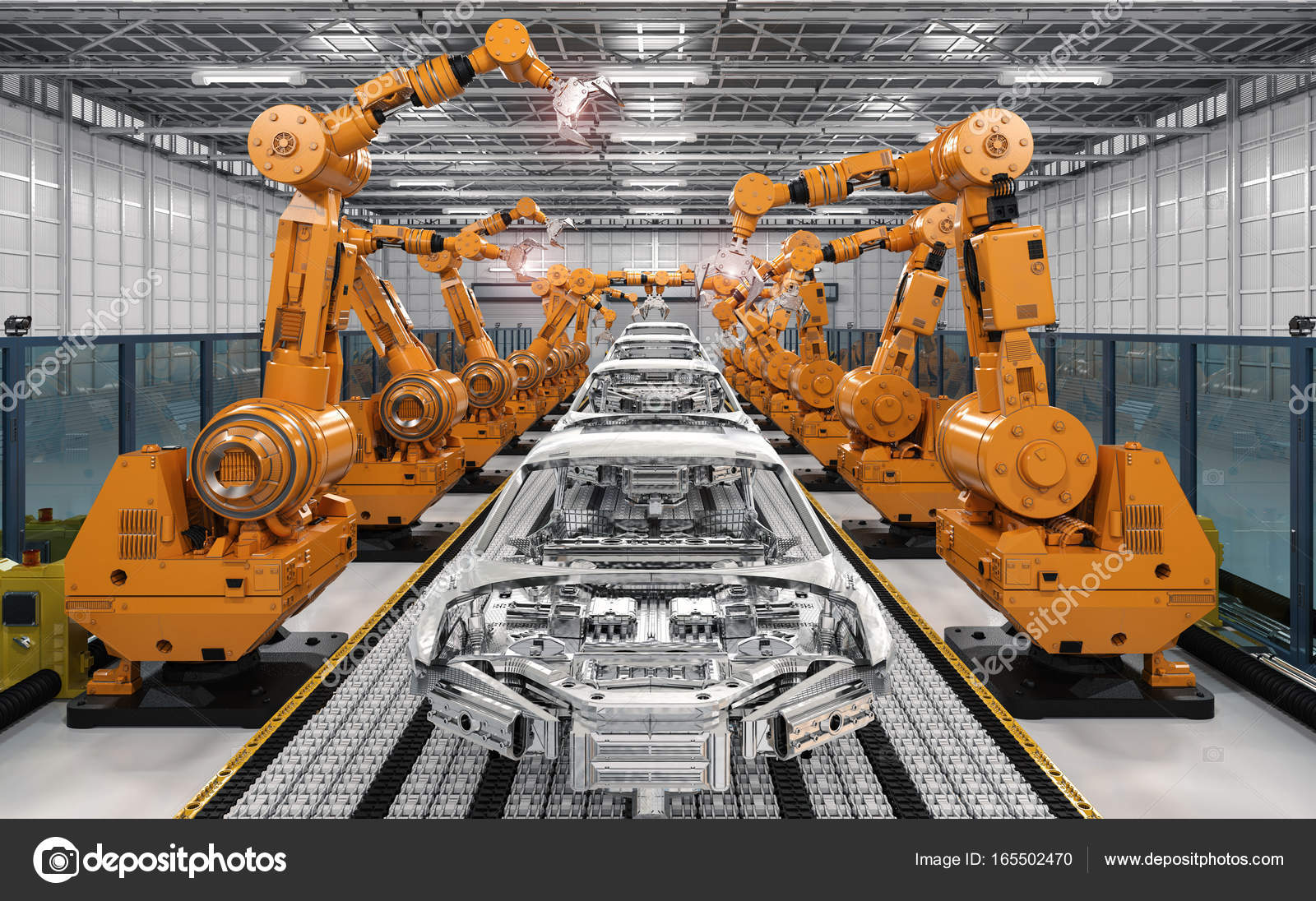Robotics and Art
Unit 3: Robotics and Art
Pattriana Perry
Professor Vesna speaks of how the era robotics came about in her lecture "Robotics pt.1". The origin story started with Johann Gutenberg's revolutionary printing press and was followed by assembly lines like the ones Tom Ford created in the auto industry. The term robots came from the word "robota" which means work, as stated in professor Vesna's lecture "Robotics pt.2". Robots and assembly lines are replacing humans in the workforce for multiple reasons. Robots cannot be overworked, they do not require a salary, and they work faster and more efficiently than their human counterparts. Walter Benjamin talks about the benefits of robots in terms of industrialization. One point he brings up is that"the work of art reproduced becomes the work of art designed for reproducibility" (page 2). In other words, the creation of print and press is an art because it helps reproduce art. For example, an individual can take a picture and make multiple copies of said visual. And photography is regarded by many as both a industry and a art form.
Another topic Professor Vesna discussed in lecture was the way robots are being portrayed in movies and other films. She used the example of blade runner: how the film featured humanlike robots. The human robots are more on the human side. They are a good representation of half human and half machine. This reminds me of the HBO show WestWorld and their inclusion of human robots, also known as "hosts" in the script. The show is about a world that allows humans to do anything they want- hosts are built and programed to please and serve the desires of real people who attend the park. For example, humans can kill them, have sex with them, etc. The company that manages WestWorld utilize robots because they deem it ethically acceptable since the hosts do not know or understand what is happening to them.
References
Benjamin, Walter. The work of art in the age of mechanical reproduction. Penguin UK, 2008.
Pattriana Perry
 |
| Johann Gutenberg printing press |
 |
| Assembly line |
Another topic Professor Vesna discussed in lecture was the way robots are being portrayed in movies and other films. She used the example of blade runner: how the film featured humanlike robots. The human robots are more on the human side. They are a good representation of half human and half machine. This reminds me of the HBO show WestWorld and their inclusion of human robots, also known as "hosts" in the script. The show is about a world that allows humans to do anything they want- hosts are built and programed to please and serve the desires of real people who attend the park. For example, humans can kill them, have sex with them, etc. The company that manages WestWorld utilize robots because they deem it ethically acceptable since the hosts do not know or understand what is happening to them.
References
Benjamin, Walter. The work of art in the age of mechanical reproduction. Penguin UK, 2008.
“Gutenberg and the Printing Press - Print Culture and The Modern World - Everonn - CBSE Class 10th Course and NCERT Solutions.” GradeStack Courses, gradestack.com/CBSE-Class-10th-Course/Print-Culture-and-The/Gutenberg-and-the/15067-3002-4427-study-wtw.
HBO. “Westworld Season 1 Official Trailer (2016) | HBO (MATURE).” YouTube, YouTube, 28 Aug. 2016, www.youtube.com/watch?v=IuS5huqOND4.
Phonlamai. “Robot Assembly Line in Car Factory.” Depositphotos, Depositphotos, depositphotos.com/165502470/stock-photo-robot-assembly-line-in-car.html.
Vesna, Victoria. “Robotics Pt.1.” YouTube, YouTube, www.youtube.com/watch?time_continue=337.
Vesna, Victoria. “Robotics Pt.2.” YouTube, YouTube, www.youtube.com/watch?time_continue=164.

Hi Pattriana,
ReplyDeleteI enjoyed reading your blog! I agree with your statement about robots being more efficient and cheaper for the employers than having actual people do the work. During the Industrial Revolution, society believed that their jobs resembled mechanical labor, which made them feel like machines as they performed the same function over and over again. In Vesna's lecture, she mentioned that it was around this time where media showed the robot in the theatre. This was the beginning of robots in shows, which eventually influenced robots to show up in modern shows, such as Westworld. I also never considered thinking about the reproduction of art to be an art in itself.